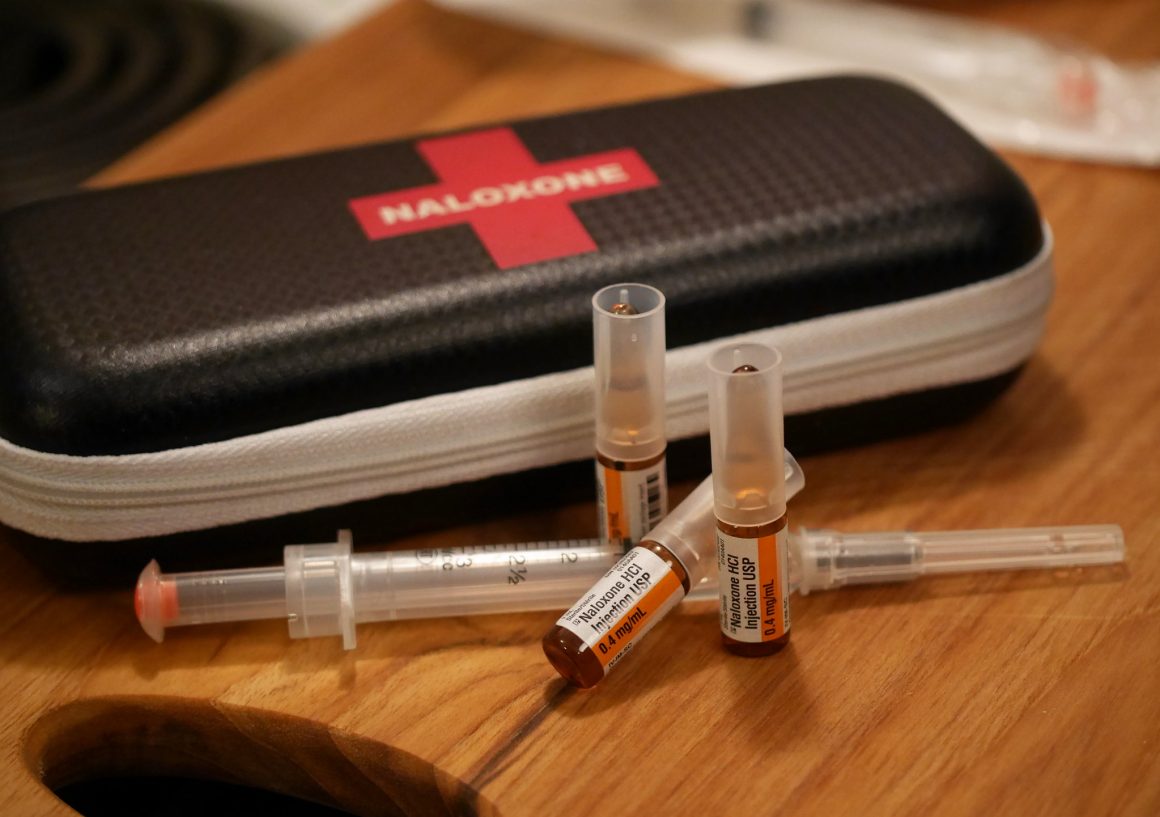
International Overdose Awareness Day sheds light on continuing opioid epidemic
By Cristina Paolozzi, August 25 2021—
International Overdose Awareness Day is Aug. 31, and many Canadians still struggle with addiction and the risk of overdose.
The opioid epidemic in Alberta hasn’t disappeared, and the health and safety measures brought on by the COVID-19 pandemic haven’t made things easier.
Although stereotypes often exist about people who struggle with opioid addiction, 94 per cent of overdoses happen accidentally. Since the Alberta government’s declaration of a State of Emergency in March 2020, 4.1 individuals have died as a result of unintentional opioid poisoning, and between April 2020 and March 2021, 1,503 people died from unintentional opioid poisoning — this is an 88 per cent increase from the same period of time a year ago.
While the opioid crisis affects a number of people, the fastest-growing demographic impacted by the crisis is individuals aged 15–24.
As young people are returning back to many in-person activities, the Gauntlet sat down with Nader Hammoud, a local pharmacist, to talk about how to recognize the signs and symptoms of an overdose, and what you can do to help.
Hammoud is a pharmacist at the Shoppers Drug Mart at Stampede Station and has been working there for the past seven years. He said that the most effective way that people can help those who may be most at-risk of overdosing is to learn how to use a naloxone kit.
Naloxone kits work by reversing the opioid’s effects on the brain and can restore breathing in 2–5 minutes. Naloxone kits can be found at any pharmacy willing to carry them, and they are free of charge.
“Some people are nervous to put the naloxone kits under their names,” said Hammoud, explaining that some patients don’t want the pharmacy’s software tagging them as using naloxone. “If that’s the case, just mention to the pharmacist that you are not comfortable putting it under your name. Blue Cross gave us a pseudonym just to let [the patient] get reimbursed for it, and the patient doesn’t have to be identified.”
Many people who are most at-risk to opioid overdoses are often naive to narcotics in general. Hammoud said that oftentimes when someone is experiencing an overdose, they can appear to be confused, have difficulty breathing and can become agitated.
“If someone is not appearing well, the first thing I ask them is ‘Do you have a naloxone kit, do you need help?’” he said.
“It is very important to learn how to use a naloxone kit,” he said. “Because you never know when you’re going to need to use it.”
Hammoud said that it’s very easy to become nervous or distracted before using a naloxone kit for someone who is overdosing, which is why he recommends not only learning how to use one but also going over the steps in your mind so that it’s not as shocking when a situation does occur.
“It’s not for you, it’s for the people around you,” he said. Maybe you’re walking downtown and you see someone who needs [a kit] — keeping it with you or in your backpack is a good idea.”
Hammoud’s advice for people is to be aware and get informed about how to use a naloxone kit.
“Any pharmacy can provide [a kit] to you for free and the pharmacist would love to train whoever wants to use it,” he said. “It’s very simple, it doesn’t take much and everybody should be doing it.”
See the full list of pharmacies in Calgary that carry naloxone kits online.
